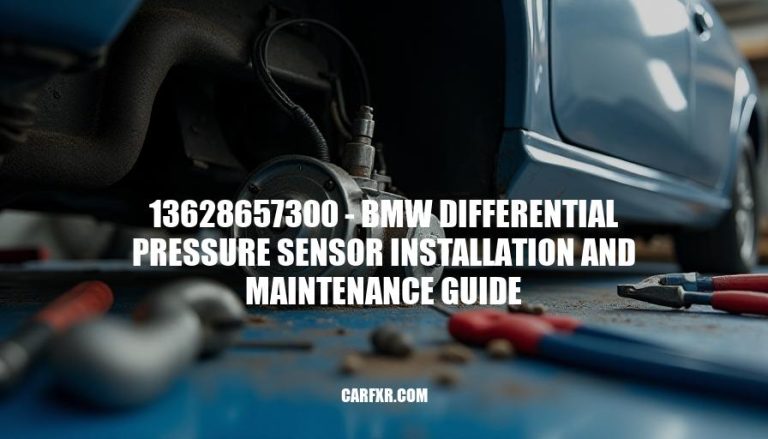
The BMW Part Differential Pressure Sensor is important for your car. It measures the pressure inside the engine and outside to help it run smoothly.
The BMW differential pressure sensor 13628657300 measures the pressure difference between two points in the vehicle’s intake manifold. This sensor is crucial for monitoring the air pressure within the intake system, ensuring optimal engine performance and efficiency. It is part of the DISA (Differentiated Intake System Actuator) intake flap system, which adjusts the intake manifold’s air flow to improve engine performance across different RPM ranges.
Key features of the BMW differential pressure sensor 13628657300 include:
High Precision: The sensor provides accurate pressure readings, which are essential for the engine control unit (ECU) to make precise adjustments to the air-fuel mixture.
Durability: Manufactured by BMW, this sensor undergoes rigorous testing to ensure long-lasting performance and reliability.
Compatibility: It fits various BMW models, including the 1 Series, 3 Series, 5 Series, X3, X5, and Z4, among others.
The differential pressure sensor contributes to the vehicle’s performance by ensuring the engine receives the correct air-fuel mixture, which is vital for efficient combustion.
This leads to improved fuel efficiency, reduced emissions, and enhanced overall engine performance. Additionally, the sensor plays a role in the vehicle’s safety by helping to maintain proper engine operation, preventing issues such as engine misfires or stalling, which could pose safety risks.
:
:
:
The BMW differential pressure sensor 13628657300 is a critical component that measures the pressure difference between two points in the vehicle’s intake manifold to ensure optimal engine performance and efficiency.


